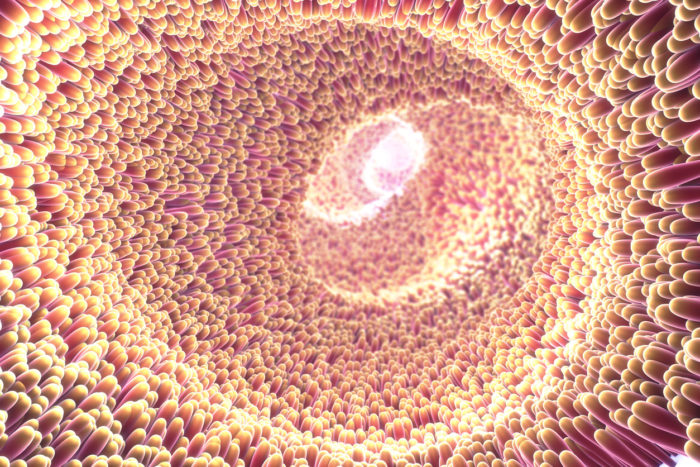Radiation Biology (2/5): Sickness after high doses
With high doses, the severity of the radiation effect increases beyond that of a threshold dose. While the chances of survival up to a certain radiation exposure remain intact, very high doses, such as those measured on the Chernobyl site after the reactor accident, will lead to death within a very short time period.

When considering the relationship between ionising radiation and the probability of cell mutation, and thus of sickness, a distinction must be made between stochastic and deterministic effects reflecting the magnitude of the radiation dose.
Even at low doses, there is a relationship between the magnitude of the radiation dose and the probability of sickness, however, it is less clear. Therefore, predictions are only possible for whole groups and even then, with – in part – a great deal of uncertainty. In contrast, predictions cannot be made at the individual level. Consequently, at low doses of radiation, it is only possible to speak of stochastic or random effects.
At higher doses, however, relationships are more clear. Even higher radiation doses can cause cells to die and the organ concerned to stop functioning. The simple rule is: the higher the dose, the greater the severity of any sickness. Such effects are referred to as deterministic effects.
From infections to diarrhoea to death
One possible consequence of high radiation doses is acute radiation syndrome (radiation sickness). Depending on sensitivity, biological systems react by important precursor cells becoming inactivated by the radiation resulting in no further functioning cells being available. The effects of the so-called prodromal system occur between the radiation event and the onset of symptoms that are typical for the tissue concerned. They include nausea, dizziness and fever, and, the higher the dose, the more pronounced the effects are. A high dose also leads to shorter time intervals between irradiation, prodromal symptoms and the actual effects.
Depending on the magnitude of the dose, symptoms typical of the tissue may occur. At high radiological doses, the precursor cells of the cells on the intestinal villi, which cover the inside of the intestine (see figure), are affected. The consequences extend from diarrhoea and fever through to cramps and shock.
Depending on the magnitude of the dose, symptoms typical of the tissue may occur:
- Haematopoietic: the effects are first apparent in the haematopoietic (blood-forming) system. Circulating cells are no longer replaced because the absence of their precursor cells means there is no replenishment. This results in anaemia, infections or bleeding. Nevertheless, provided rapid medical assistance is at hand, there is a high chance of survival.
- Gastrointestinal: If the radiological dose continues to increase, the reaction of the digestive system mimics the reaction to radiation of the haematopoietic system. Here too, the precursor cells of the cells on the intestinal villi, which cover the inside of the intestine, are affected. The consequences extend from diarrhoea and fever by way of general cramps through to shock. Even if a medical response is quickly implemented, the prognosis is poor.
- Cerebral: At very high doses, the central nervous system is also damaged. Here only palliative medicine is worthwhile, to relieve symptoms and pain. There is no chance of recovery.

An example of radiation exposure leading to acute radiation syndrome was a criticality accident in Tokaimura (Japan) in 1999. In Tokaimura, as a result of some errors, three workers received cumulative doses of about three, eight, and twenty gray due to a chain reaction that was out of control. The patient who received 20 gray developed pronounced radiation sickness and died after 82 days of palliative treatment. Seven months after the accident, the patient who received a dose of about 8 gray also died. The accident was assessed as INES level 4.
The difference between the energy dose (gray) and the effective dose (sievert)
Doses can be expressed in grays or sieverts. The absorbed dose of energy is expressed in grays or milligrays and corresponds to the energy absorbed per kilogram of body tissue. On the other hand, the effective dose, which is expressed in sieverts, relates to the sum of the absorbed contributions of energy per kilogram of body tissue, multiplied by weighting factors that take into account the biological effect of the different types of radiation as well as the varying radiation sensitivity of individual organs and tissues. Since a dose of one sievert is a very large value, the doses that usually occur are often expressed in millisieverts (one thousandth of a sievert, also written as mSv) or microsieverts (one millionth of a sievert, also written as μSv).
This is the second of five articles on radiation biology. The third part explains low doses and their damage potential.

